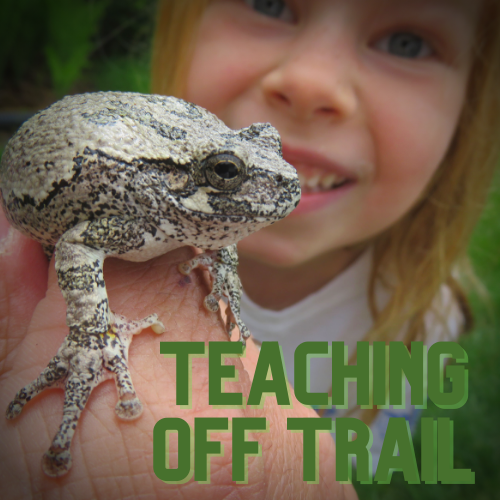Day 135
Dead chickens. We knew it was an inevitability, especially since we adopted an older, established flock to join our young ten. Before we adopted the new girls, we did try and figure out if it made sense to take on the responsibility of so many new birds. We knew they were older and therefore less productive. We knew we wouldn't be making a ton of money from eggs but we also didn't want to add a ton of birds who would just eat food and hang out.
We knew many of the girls we would get would be “older” in the chicken world. It seemed like once they start laying, most chickens will produce regularly until they are three or four, with a decline after that and many living until six years old or so.
We weighed the pros and cons of this addition and eventually took on the new girls, old and all.
It didn't take long before The Chicken Grim Reaper showed up.
Of course, we researched this as well. What do you do with a dead chicken?
Our girls were layers, not meat chickens so processing them didn't make sense.
Research indicated burying them tends to attract predators, so that was not ideal.
Burnin them was a common option, but I wasn't too enamored with creating a chicken crematorium.
We went with a tried and true method. Double bag the carcass and throw away. Morbid? Kind of. Quick and easy? Mostly.
The first time it happened, I did everything I could to hide it from our children as they can get somewhat emotional and were becoming attached to these birds more than I expected. By the third bird or so, I decided to at least discuss this with them. Once we reached a half dozen, it was time to start the desensitization process. I only really focused on teaching my oldest about the circle of life because she was mature enough to understand the process.
We haven't gotten new chicks yet, but that should soften the blow of any bird losses we will incur.
Without death, there is no life. There was plenty of death around us.
A whole forest of death.
